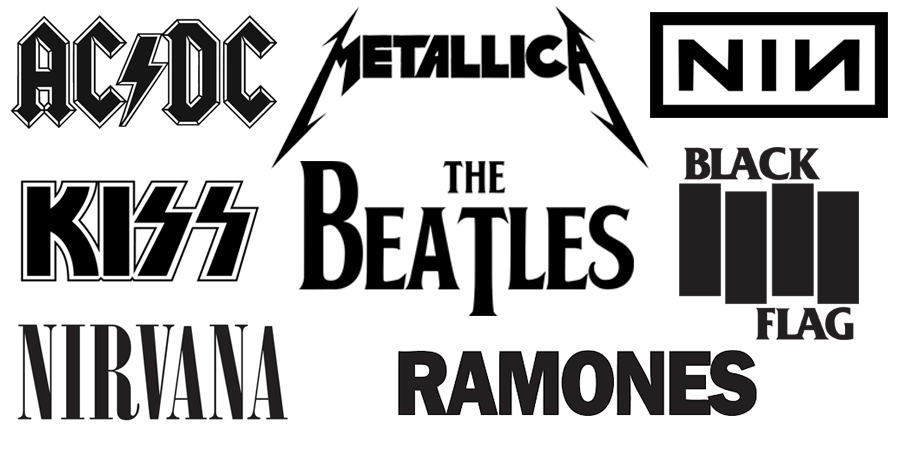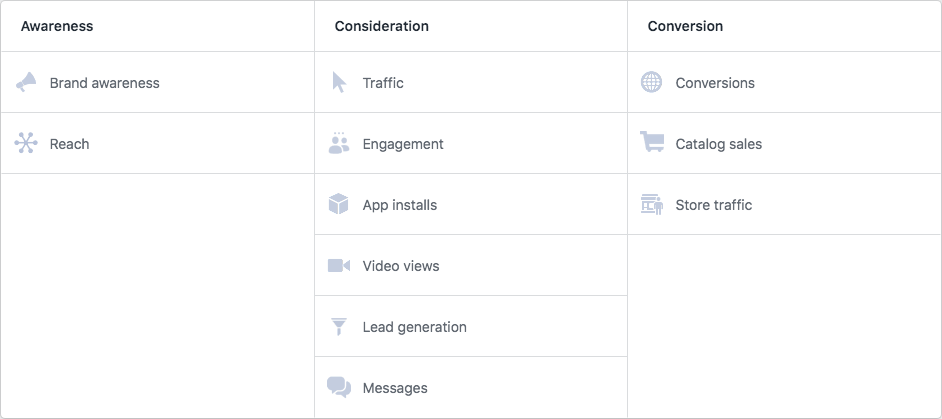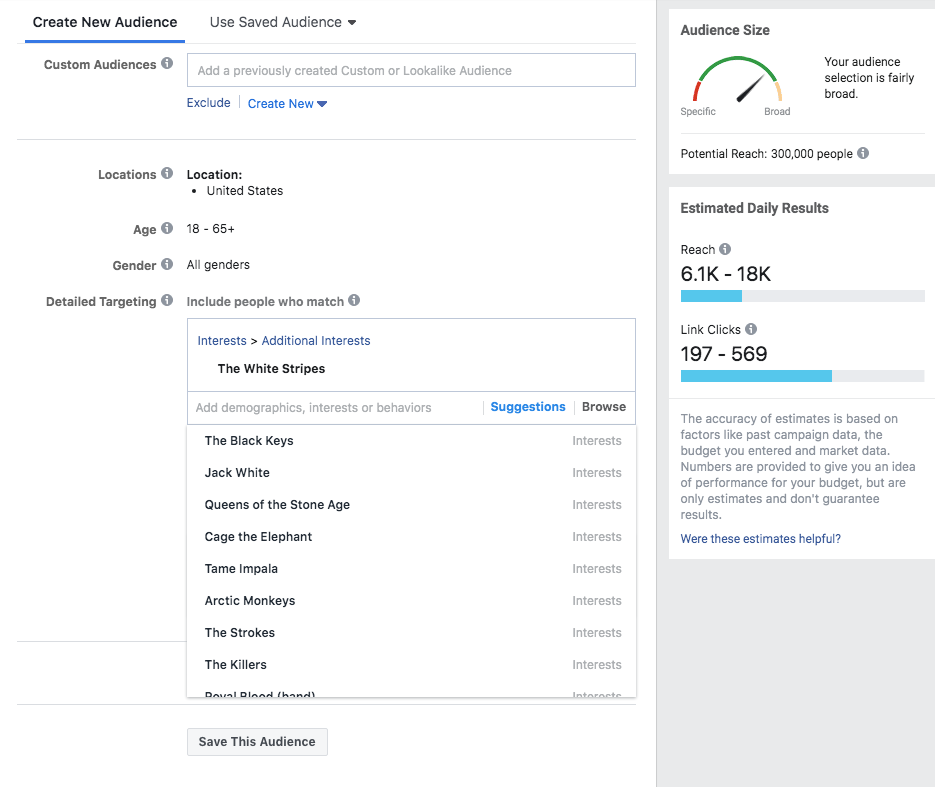A lot of what it takes to be a successful musician can be accomplished from the comforts of your own couch, wearing your pajamas. Recording songs and playing shows is only one part of your job as a musician. Writing songs, practicing, running the business side of things, marketing and promotion, etc. is another side. Here is a list of 14 things you can do right now to move your career forward and put money in your pocket.
1. Spruce up your website
Keep your website current and update it frequently. This is your home base, where you control the content and can make the most amount of money online. A band or artist website should contain:
- Artist Bio
- Music
- Videos
- Electronic Press Kit (EPK)
- Blog
- Gig Schedule
- Store
- Newsletter / Fan Club Sign Up Form
Be mindful of your branding. Thoughtful and cohesive design makes the browsing experience more pleasant for your fans. Remember to keep your ideal fan in mind when designing. Blog frequently about every aspect of your career; stories from the road, behind the scenes in the studio, your songwriting process, what you're up to at the moment, etc. etc... Include photos and videos in your blog posts to make it more engaging for your readers.
2. Run a sale
You could run a good old fashioned sale. Email your fans and offer them a discount on your latest CD, or a bundle price on a CD and a T-shirt. If CDs are normally $10 and T-shirts are $20; offer them both for $25. Finding the right price point is very important. You might have to try a few different things to figure out what is the sweet spot for your fans. And don't be too greedy. Remember that a little bit of something is a whole lot more than all of nothing.
3. Design new merch
Adding more things to sell at your gigs and on your website is a simple way of increasing your revenue. Megastars like Beyonce, U2, the Pixies, and Panic! At The Disco have dozens of merch items for sale on their websites.
When designing merch keep your fans in mind. Would they wear a T-shirt with your band photo, or would they be more inclined to go for a sleek logo design? Also think of items that people need, regardless of whether they want to support your art or not. Koozies are cheap to make, but does anyone actually use those?
Logos should ideally look good in simple black and white. A lot of merch items, like T-shirts and drinkware, are often screen printed, so the cost goes up for each color you add.

 It's a good idea to have merch items at several price points available. The $1-$5 bracket is great for an initial, first time purchase from a new fan. It's obviously easier to convince someone to buy an inexpensive item, and psychologically things seem cheaper when put next to something expensive. It might even be a good idea to have one obscure, highly-priced item available, like custom manhole covers like the Norwegian band the Dogs have...
It's a good idea to have merch items at several price points available. The $1-$5 bracket is great for an initial, first time purchase from a new fan. It's obviously easier to convince someone to buy an inexpensive item, and psychologically things seem cheaper when put next to something expensive. It might even be a good idea to have one obscure, highly-priced item available, like custom manhole covers like the Norwegian band the Dogs have...
4. Facebook Live shows
 Several of our friends and customers have made hundreds of dollars in tips by doing Facebook Live concerts and including a link to PayPal.me, Venmo or similar for people to tip them.
Several of our friends and customers have made hundreds of dollars in tips by doing Facebook Live concerts and including a link to PayPal.me, Venmo or similar for people to tip them.
When using Facebook Live it is important to treat it as an intimate concert and interact with your audience. They can comment during the broadcast and ask you questions and perhaps make requests.
The production value doesn't have to be fantastic. Any modern smartphone has a camera and audio recording capabilities that are more than adequate. Just hit the "Live" button, be yourself and have fun.
5. Run Facebook ads
You can be sitting on the greatest record in the world, but if nobody knows about it, it won't do anything to advance your career. You need to reach people in order to sell any CDs, vinyl or other merch items. You reach people by being visible where they hang out. Facebook is a good place to start.
How to run a successful Facebook campaign
To run a successful ad campaign you need to be clear on your objective and demographic and keep your sales funnel in mind.
Objective
What are you trying to achieve with your ad campaign? Are you trying to build your fanbase, or sell something?
The Rule of 7 in marketing states that someone needs to see or hear your message seven times before being inclined to buy from you. So even though it is tempting to go for the hard sell, it might be more advantageous to take it slow.
Facebook Ads can be very targeted and specific. The objectives are put into three categories: Awareness, Consideration, and Conversion.
Awareness is a broad first introduction. This just gets your ad in front of eyeballs and doesn't require any action from the viewer. Consideration is targeting people that have heard about you before and asks them to do something; watch your video, go to your website, like your page or sign up for your newsletter. Conversions are ads intended to make a sale. It either shows your product listed on Facebook or asks people to go to your website to buy something. Which objective to choose should be paired with the Audience your targeting.

Demographic
Facebook has a lot of information about people and makes it possible for you to very specifically home in on your demographic. There are three types of Audiences to choose from; Core Audiences, Custom Audiences, and Lookalike Audiences.
Core Audiences allows you to filter people based on:
- Location
- Demographics: gender, age, education and more
- Interests: this is where you can target fans of bands and artists that sound like you
- Behavior: have they visited your website, purchased from you, etc.
- Connections to your Facebook Page or events.
Custom Audiences have already been in contact with you somehow. You can import your email list or track site visitors by installing the Facebook Pixel on your website.
Lookalike Audiences are created by Facebook's algorithms based on a source audience of your choosing. For instance, if you've created a custom audience based on your email list and people who have visited your audience; Facebook can then find other people similar to those people.

Budget
You can set your daily budget to your comfort level; it can be as low as $1 per day and you can end the campaign whenever you'd like.
Facebook advertising can seem daunting at first, but there are very good tutorials available online. It has very clear tracking so you can clearly see how your money is being spent and the return on investment (ROI) can be amazing.
A good place to start for more information is Facebook's own manual:
https://www.facebook.com/business/ads
6. Set up digital distribution
If you haven't yet set up your digital distribution to ensure your songs are on Spotify, iTunes, Apple Music, Tidal, Google Play, Amazon Music and more; now is a good time to take care of that. We have found DistroKid to be easy to use and very affordable.
More on setting up Digital Distribution
Get 7% off digital distribution through Distrokid
7. Vamp up your Bandcamp presence
 Bandcamp is a great website that allows you to set up your own artist profile and online store. You can sell both digital downloads and physical CDs, vinyl and merch through your Bandcamp page. It's free to sign up with Bandcamp. They make their money by taking a percentage of sales; 10% for physical sales, 15% for downloads. Once you've reached $5000 in sales they drop the digital download percentage to 10% as well. Musicians and artists have collectively made $468 million USD through Bandcamp.
Bandcamp is a great website that allows you to set up your own artist profile and online store. You can sell both digital downloads and physical CDs, vinyl and merch through your Bandcamp page. It's free to sign up with Bandcamp. They make their money by taking a percentage of sales; 10% for physical sales, 15% for downloads. Once you've reached $5000 in sales they drop the digital download percentage to 10% as well. Musicians and artists have collectively made $468 million USD through Bandcamp.
8. Study music theory
Music theory seems to be one of those things that we all intend to get better at someday... There are numerous online resources for learning theory:
9. Beef up your Spotify artist page
 Spotify for Artists lets you customize your artist profile page, see the statistics of which of your songs are more popular and where your listeners are located, promote your shows through Tourbox by Songkick, and sell merch via Merchbar.
Spotify for Artists lets you customize your artist profile page, see the statistics of which of your songs are more popular and where your listeners are located, promote your shows through Tourbox by Songkick, and sell merch via Merchbar.
10. SongKick and Bandsintown

Tourbox by SongKick and Bandsintown are both essentially tour calendars. Either one can be embedded in your website and social media profiles. Concert-goers can follow their favorite bands via both Songkick and Bandsintown and get suggestions for similar bands and artists playing in their area. In order to ensure that as many of your potential fans as possible can see your upcoming shows, you should sign up for both.
Bandsintown has a larger user base of 55 million concert-goers and it allows you to message your followers directly. Songkick has 15 million users and can be embedded in your Spotify profile.
11. Sign up for Merchbar
 Spotify has partnered with Merchbar to integrate merch sales into artist profiles. Merchbar currently brokers merch for more than 35,000 artists and works with major labels, indie labels, and indie artists. Signing up is easy, and it doesn't cost anything. Merchbar makes its money by taking a small percentage of sales.
Spotify has partnered with Merchbar to integrate merch sales into artist profiles. Merchbar currently brokers merch for more than 35,000 artists and works with major labels, indie labels, and indie artists. Signing up is easy, and it doesn't cost anything. Merchbar makes its money by taking a small percentage of sales.
12. Write new songs
Every artist and band need a continuous stream of new material. It's important to set aside time for creativity on a regular basis, along with managing the business aspect of your career. Although it's tempting to wait for the muse to arrive with inspiration, sometimes you just have to force yourself to get in the zone. Setting up a routine or set schedule is helpful for a lot of artists to ensure you keep cranking out great songs.
13. Create videos
Every musician and artist in this day and age should release new videos all the time. Create a video for every song you release, make rehearsal tapes, show behind the scenes stuff, tour diaries, share your thoughts and interests, anything you can think of really. It doesn't have to be a "music video" in the traditional sense. Lyric videos are cool. It doesn't have to be expensive, massive productions; you can shoot and edit videos on your phone. YouTube is one of the most popular platforms for streaming music. We have become so accustomed to visual stimulation that we expect it.
14. Teach
If you already teach your instrument to aspiring musicians, you can continue those lessons virtually via Facebook, Skype, Google Hangouts and numerous other video conference services. Even if you normally don't teach, now might be a good time to start. Contact your fans and followers and simply ask if anyone would be interested. Maybe you have other things of value to share; recording tips, songwriting tips, video editing, web design, cooking tips, juggling, etc...
Here are a few sites that you can sign up with to become an online teacher:
The world needs music
In times like these, we realize how valuable music truly is beyond monetary measures. We all need music to comfort us, keep our spirits up, and bring joy to our lives. As musicians and creative artists; that is our responsibility to the world.
Photo credit: Megan Wood
